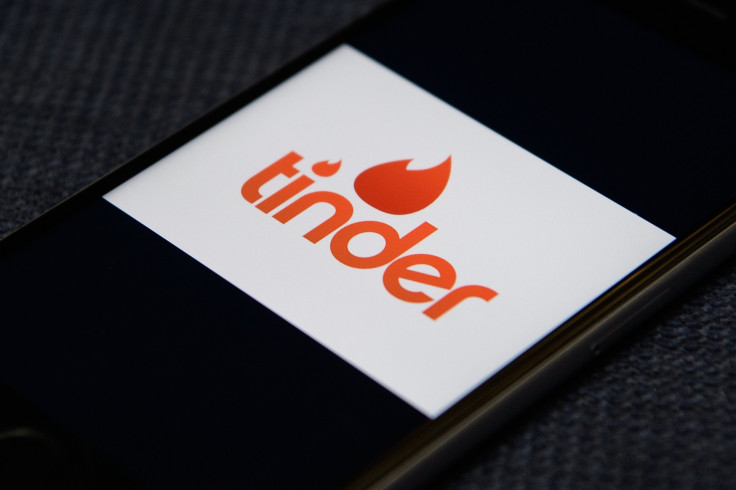Does Tinder Work? Dating App’s Relationship Effectiveness Revealed

Tinder has repeatedly made top ten lists of the best and most popular dating apps, but is it effective? A recent survey showed that despite its high usership, not even five percent of the young people swiping right are looking for relationships.
The majority of people on the app are young: an estimated 80 percent of Tinder users qualify as millennials, according to a survey by LendEDU, a website that provides student loan guidance. But only 4.16 percent of those users are looking for a relationship. Twenty-two percent said they were looking for a hookup, while 44.44 percent said they used it “confidence-boosting procrastination.” Twenty-nine percent said they used the app for other reasons.
Whether users are looking for a relationship, friendship or hookup, relatively few have ever even met in real life. Only 29.2 percent of people on the app said they made in-person plans with someone by way of Tinder.
Despite Tinder’s seeming lack of effectiveness, users haven’t been deterred from spending time on the app. The app gets more than a billion swipes per day and matches around 12 million people, according to a 2014 New York Times article. People accessed the app an average of 11 times per day, with women spending 8.5 minutes swiping while men spent 7.2 minutes. A source told the newspaper the app was approaching 50 million active users.
Other dating sites boasted more impressive numbers, and the number of people using dating apps has risen in recent years: participation from people aged 18 through 24 almost tripled since 2013. Compared with the 29 percent of people who said they met someone through Tinder, 66 percent of users on other online dating sites said they had met someone, according to a 2015 study by Pew Research.
© Copyright IBTimes 2024. All rights reserved.






















